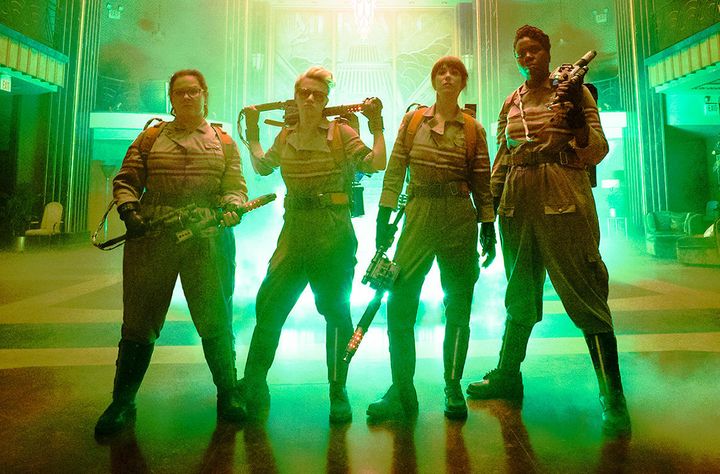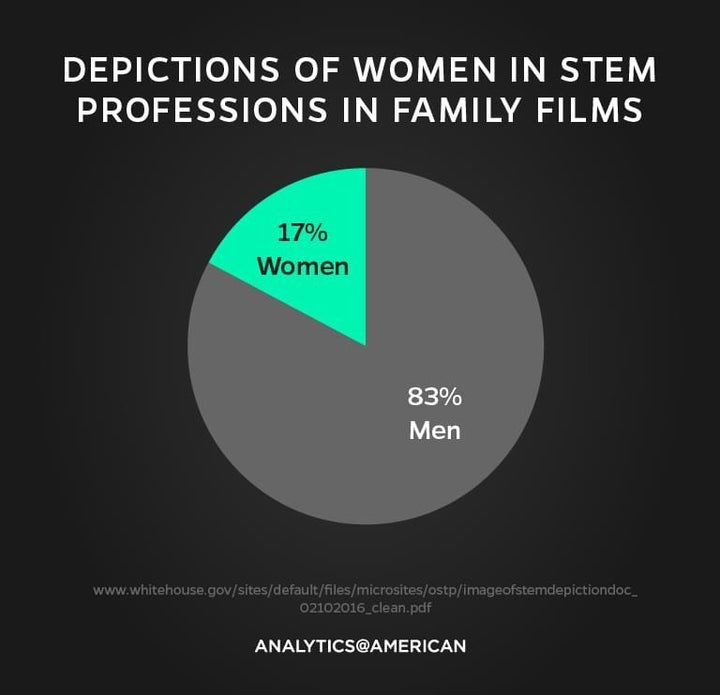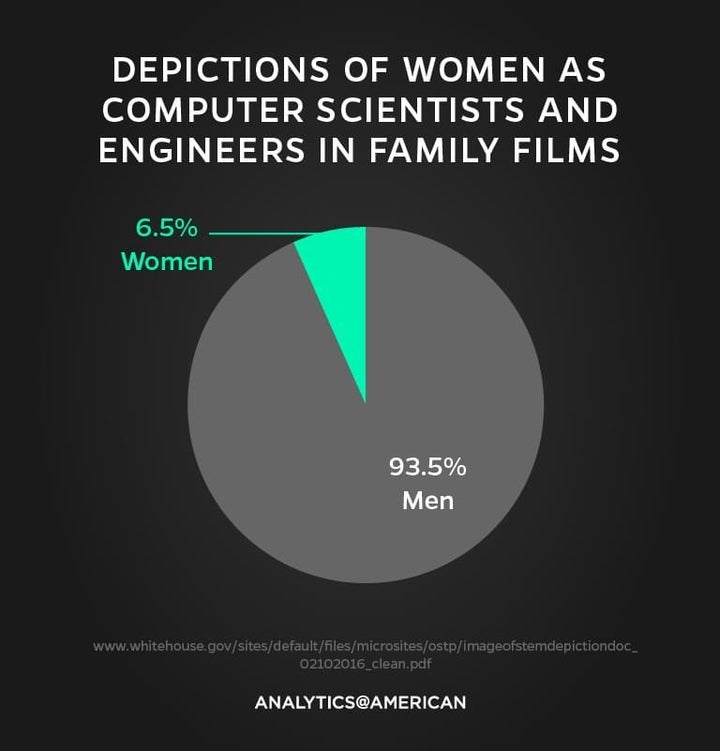
The “Ghostbusters” reboot hits theaters Friday, but it’s already stirred up conversations fueled by nostalgia over the original 1984 version. (And by “conversations” we mean “yelling on the internet.”) In its new form, the film presents Leslie Jones, Kate McKinnon, Melissa McCarthy and Kristen Wiig armed with proton packs and pseudoscientific knowledge on destroying the supernatural.
The science may not be real ― although director Paul Feig said Tuesday on AOL Build that he wanted to make it as believable as possible ― but it may have a very real effect on young audiences in the hands of lady Ghostbusters. When you think about it, ghostbusting is a STEM (science, technology, engineering or math) career. There are (admittedly outrageous) formulas and rules of physics to back up those portable particle accelerators, and three of the characters ― the ones played by McKinnon, McCarthy and Wiig ― are scientists.
That’s pretty good news when you consider how women in film are shown working in STEM much less than they actually do in the real world.
Behold the women in STEM in movies and IRL, visualized in three charts provided by American University’s Analytics@American:



Yikes.
Whereas real-world STEM fields are 24 percent women, family films depict only 17 percent of STEM characters as women. For engineering and computer science roles specifically, only 6.5 percent were women.
Even fiction-based entertainment can have a big impact on self-image, particularly for kids, according to the U.S. Office of Science and Technology Policy and the White House Council on Women and Girls. In a February 2016 report, which was used to create the charts above, the two groups reminded readers of the “CSI effect” that rocked forensic science programs in the early 2000s. Shows like “CSI,” which showed the field through a positive, dramatic lens, caused applications to forensics programs to nearly double between 2000 and 2005.
“Popular entertainment media is powerful ― it can influence the public’s perceptions towards STEM by shaping, cultivating, or reinforcing the ‘cultural meanings’ of STEM fields and careers,” the paper states. “Because children and teens often consume large amounts of entertainment media, media presents a valuable opportunity to supplement the work of America’s STEM teachers by providing information and role models that can inspire students to persist in STEM studies.”
If that’s not a great excuse to plop down in a theater seat for two hours this weekend, we don’t know what is.
“Ghostbusters” hits theaters on July 15.

